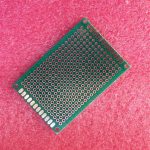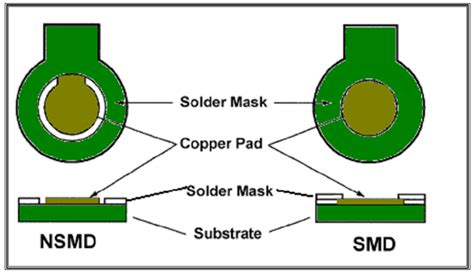
Blog
-
 Read more: Solder Mask – The Most Comprehensive Introduction Is Here
Read more: Solder Mask – The Most Comprehensive Introduction Is HereWhat is Solder Mask? Solder mask, also known as solder resist or solder stop, is a thin layer of polymer applied to the copper traces of a printed circuit board (PCB). Its primary purpose is to protect the copper traces from oxidation, prevent solder bridges from forming between closely spaced […]
-
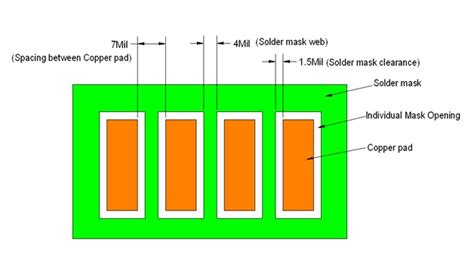 Read more: Solder Mask: A Protective Layer for Copper Traces in PCBs
Read more: Solder Mask: A Protective Layer for Copper Traces in PCBsIntroduction to Solder Mask Solder mask, also known as solder resist or solder stop, is a crucial component in the manufacturing of printed circuit boards (PCBs). It is a thin, protective layer applied to the copper traces and pads on a PCB, leaving only the areas that need to be […]
-
Colorful Life with Colorful Soldermask
Posted by
–
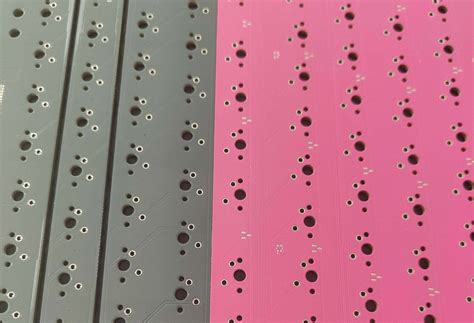 Read more: Colorful Life with Colorful Soldermask
Read more: Colorful Life with Colorful SoldermaskWhat is Soldermask? Soldermask, also known as solder resist or solder mask, is a thin layer of polymer applied to the copper traces on a PCB. Its primary purpose is to protect the copper from oxidation, prevent solder bridges, and provide electrical insulation. Soldermask also helps to define the exposed […]
-
Black Pad: How to Avoid it on your PCB
Posted by
–
 Read more: Black Pad: How to Avoid it on your PCB
Read more: Black Pad: How to Avoid it on your PCBWhat is Black Pad and Why is Preventing it Important? Black pad, also known as “black pad syndrome” or “weak solder joint”, is a defect that can occur during the PCB Assembly process which results in poor solder joints and unreliable connections between components and the printed circuit board. It […]
-
How Can You Repair the Solder Mask on a PCB?
Posted by
–
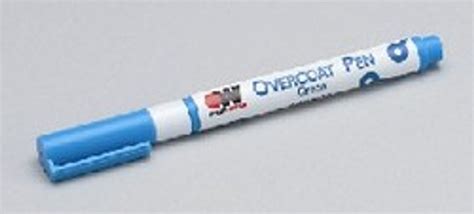 Read more: How Can You Repair the Solder Mask on a PCB?
Read more: How Can You Repair the Solder Mask on a PCB?What is Solder Mask and Why is it Important? Solder mask, also known as solder resist or solder stop mask, is a thin lacquer-like layer of polymer usually applied to the copper traces of a printed circuit board (PCB) for protection against oxidation and to prevent solder bridges from forming […]
-
Criteria for Quality Defects of PCBA
Posted by
–
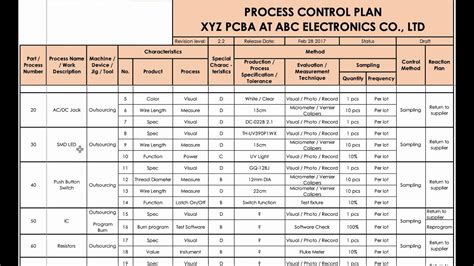 Read more: Criteria for Quality Defects of PCBA
Read more: Criteria for Quality Defects of PCBAIntroduction to PCBA Quality Criteria Printed Circuit Board Assembly (PCBA) is a crucial process in the manufacturing of electronic devices. The quality of the PCBA directly affects the performance, reliability, and longevity of the final product. To ensure that the PCBA meets the required standards, it is essential to establish […]
-
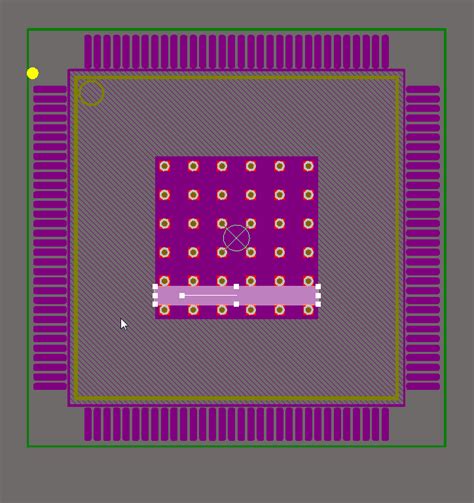 Read more: Soldermask Expansion is the value applied to SMD pads
Read more: Soldermask Expansion is the value applied to SMD padsWhat is Soldermask Expansion? Soldermask expansion, also known as solder resist expansion or solder mask pullback, refers to the amount by which the solder mask opening on a printed circuit board (PCB) is enlarged beyond the copper pad dimensions. In other words, it is the value applied to surface mount […]
-
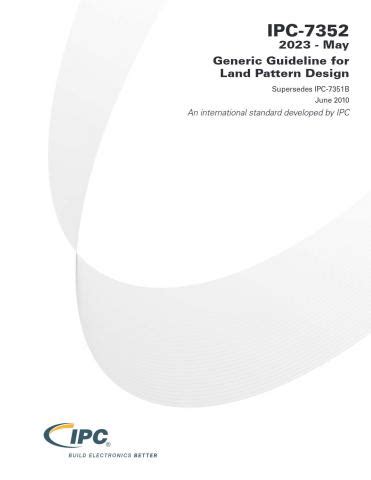 Read more: Land Pattern-How Do We Design it to Meet Industry Standards
Read more: Land Pattern-How Do We Design it to Meet Industry StandardsWhat is a Land Pattern? A land pattern, also known as a footprint, is the arrangement of pads, holes, and other features on a printed circuit board (PCB) that allows the attachment and soldering of surface-mount or through-hole components. Land patterns play a crucial role in ensuring proper component placement, […]
-
What Are The Functions of Solder Mask in PCB?
Posted by
–
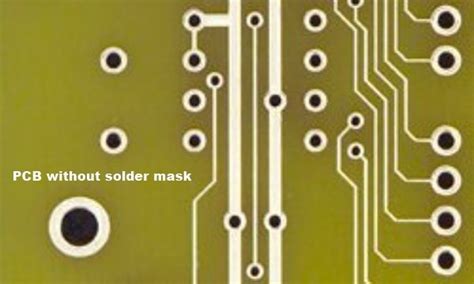 Read more: What Are The Functions of Solder Mask in PCB?
Read more: What Are The Functions of Solder Mask in PCB?What is Solder Mask? Solder mask, also known as solder resist or solder stop, is a thin layer of polymer material applied to the surface of a PCB. It is typically green in color but can also be found in other colors such as red, blue, or black. The primary […]
-
What s the impact of the soldermask thickness?
Posted by
–
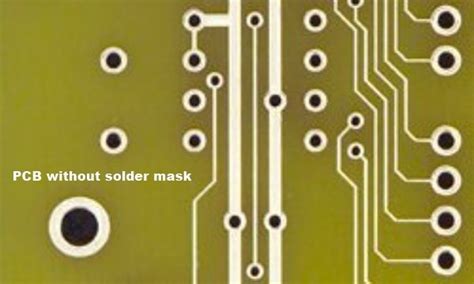 Read more: What s the impact of the soldermask thickness?
Read more: What s the impact of the soldermask thickness?The Role of Soldermask in PCB Manufacturing Soldermask serves several important functions in PCB manufacturing: Insulation: Soldermask acts as an insulating layer, preventing accidental short circuits between adjacent copper traces. Protection: It protects the copper traces from oxidation, corrosion, and mechanical damage during handling and assembly. Solder Control: Soldermask helps […]




